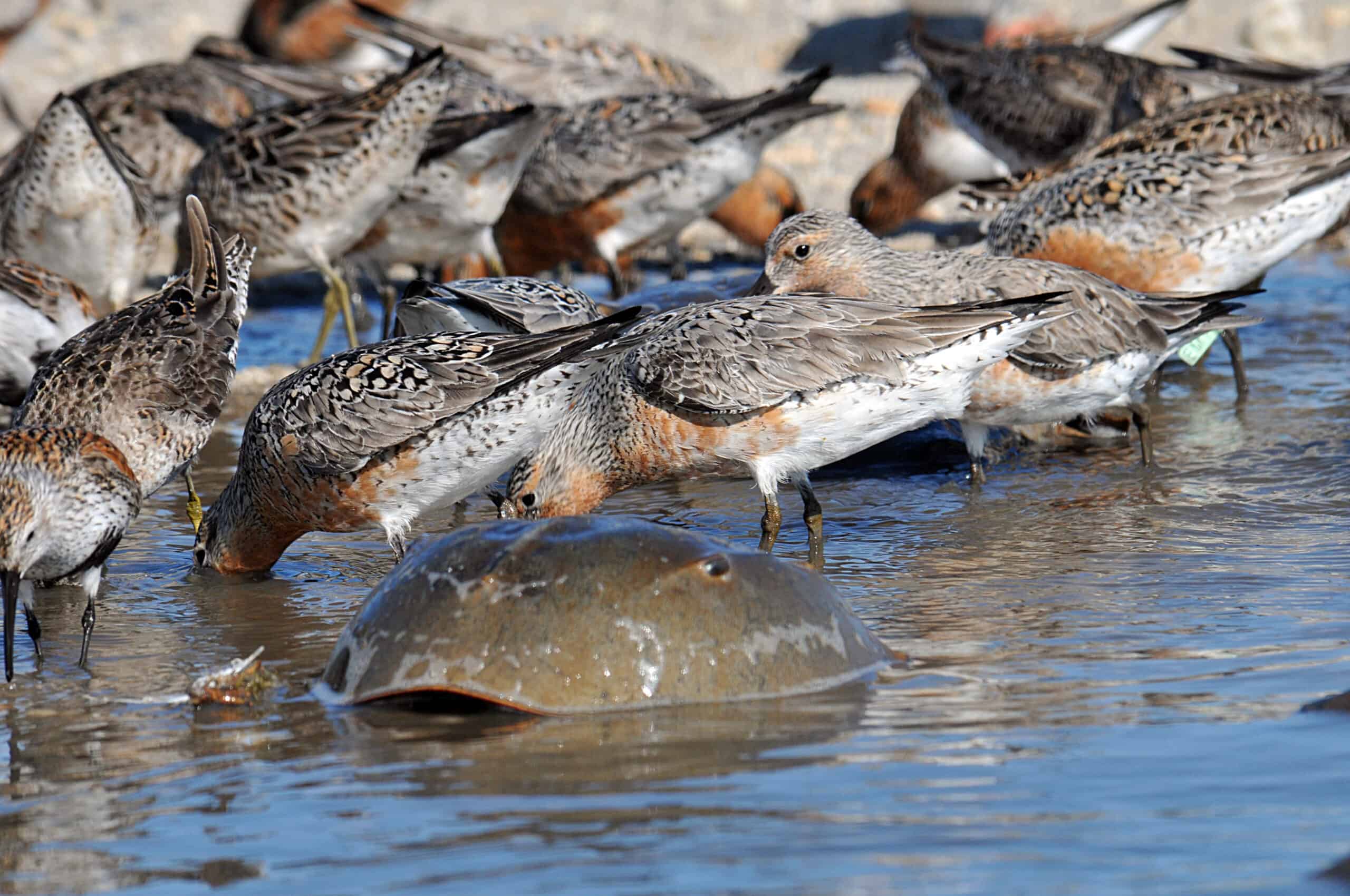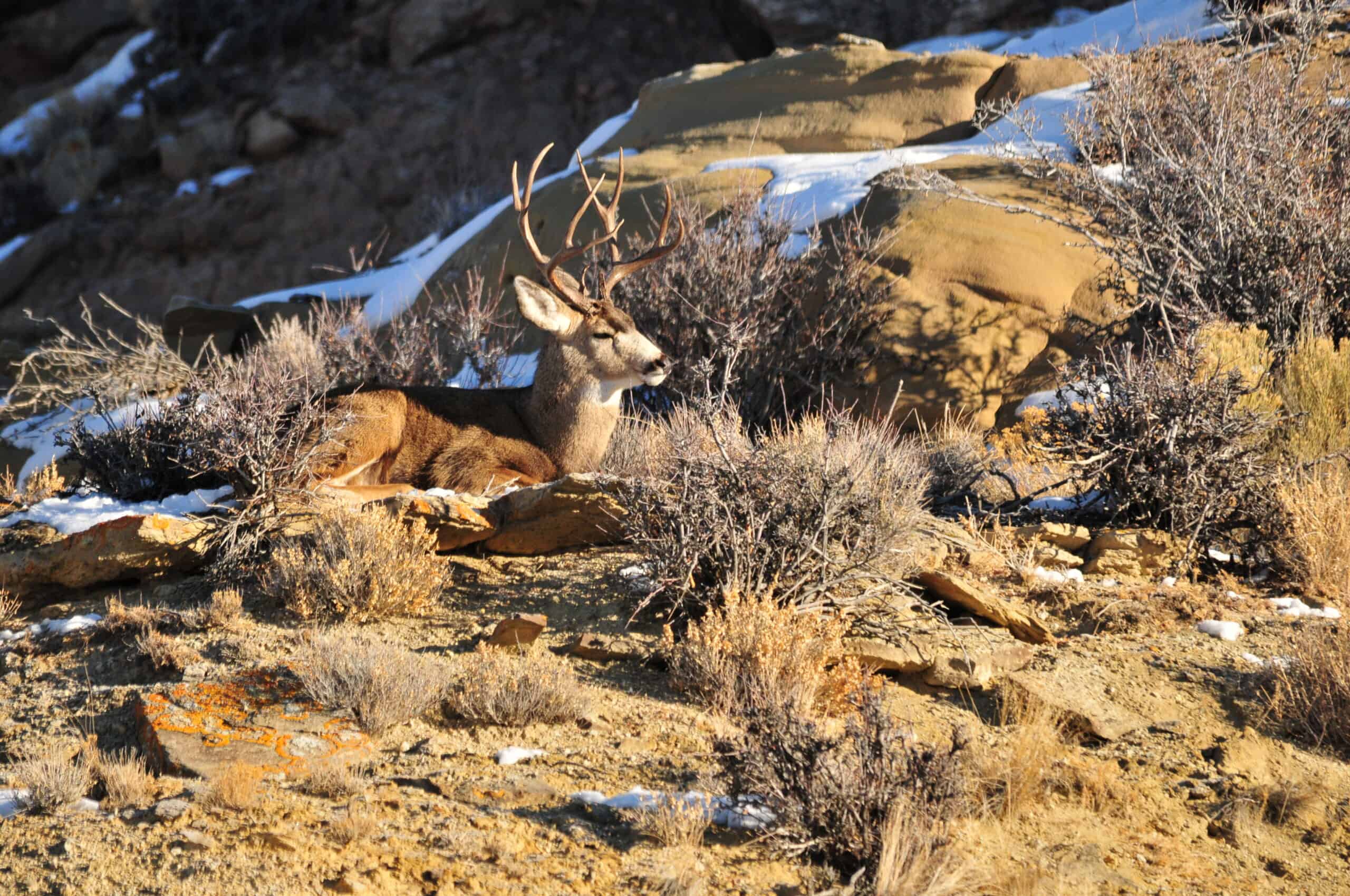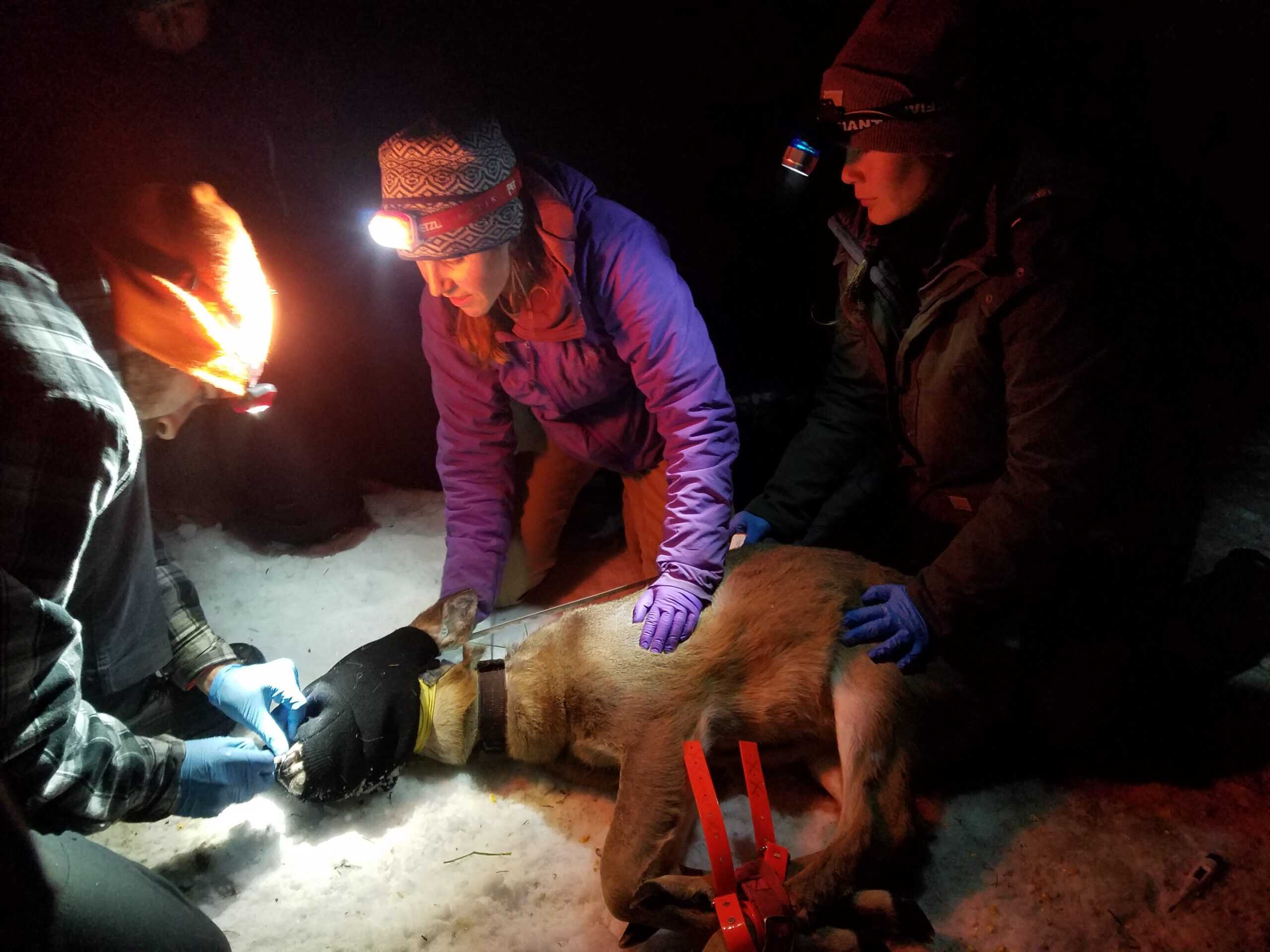Share this article
Wildlife Featured in this article
- Atlantic horseshoe crab
- Rufa red knot
Horseshoe crab guidelines meant to aid threatened shorebirds
Rufa red knots depend on horseshoe crab eggs
New guidelines for handling horseshoe crabs are intended to keep more of them alive in the hopes of bolstering migrating shorebirds that depend on them.
The Atlantic States Marine Fisheries Commission approved voluntary guidelines that call for minimizing their exposure to sunlight and keeping them cool and moist as they’re being handled for the medical industry. The guidelines were drafted by a working group made up of industry representatives, conservationists, fishery managers, fishermen and others.
Horseshoe crabs (Limulus polyphemus) are used by drug and medical device makers to test for impurities. They are captured, drained of some of their blood and returned to the wild, but many of them die in the process.
That poses a threat to migrating rufa red knots (Calidris canutus rufa), which feed on their eggs on their migration from South America to Canada. The horseshoe crabs of the Delaware Bay are particularly critical to the threatened subspecies.
“The goal is to give the crabs that are bled a better chance of surviving and contributing to the ecosystem after they are released,” Caitlin Starks, a senior fishery management plan coordinator with the Atlantic States Marine Fisheries Commission, told the Associated Press.
Header Image: Red knots feed on horseshoe crab eggs in Mispillion Harbor, Delaware. Credit: Gregory Breese/USFWS








